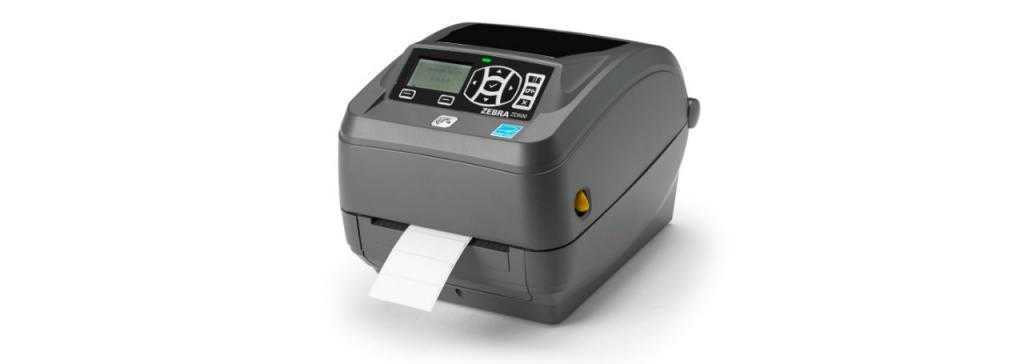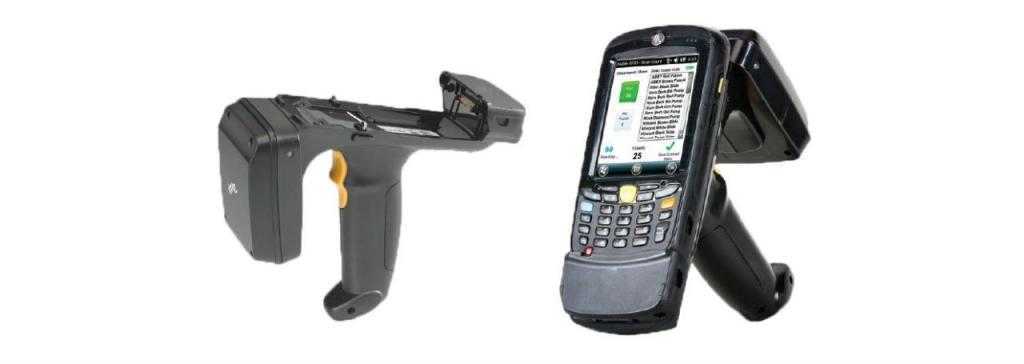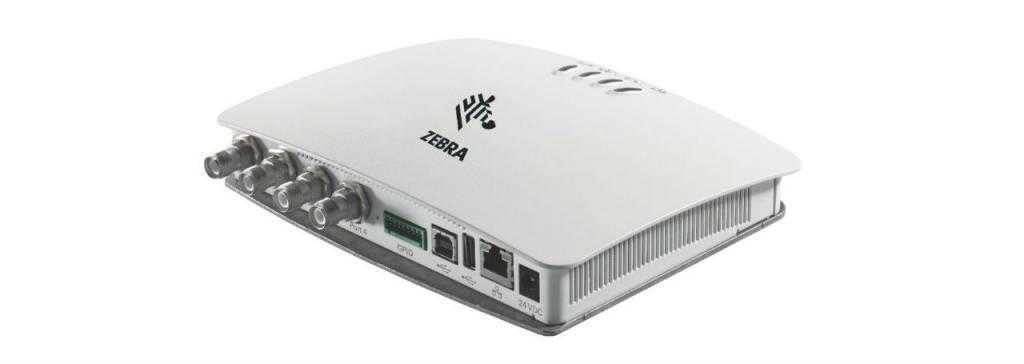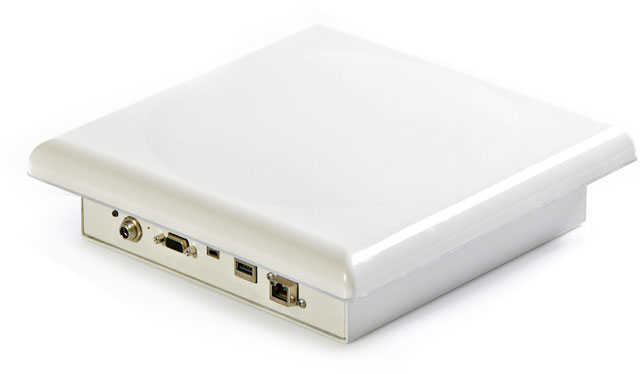RFID Label Printers
RFID label printers print a label with text and (optionally) barcodes. At the same time as printing, the RFID chip in each label is programmed. High Frequency (HF or 13.56 MHz) or Ultra High Frequency (UHF ISO or Gen2) tags can be supported, depending upon model.





